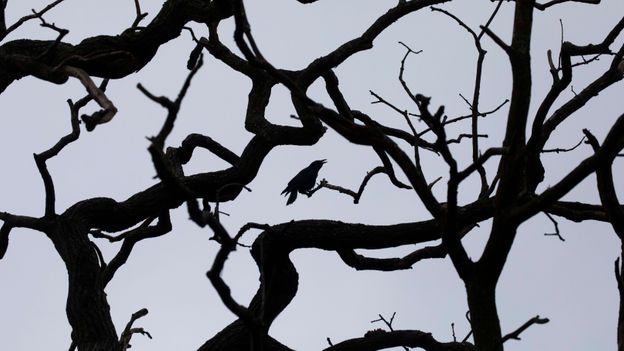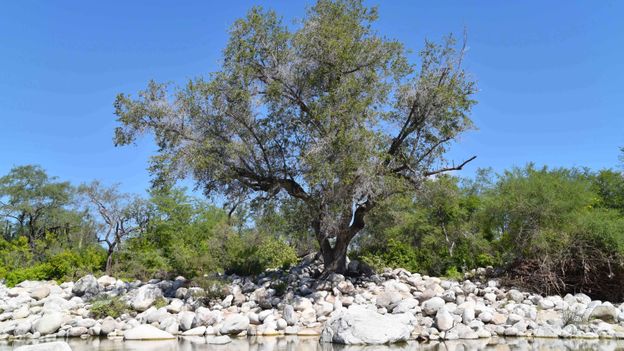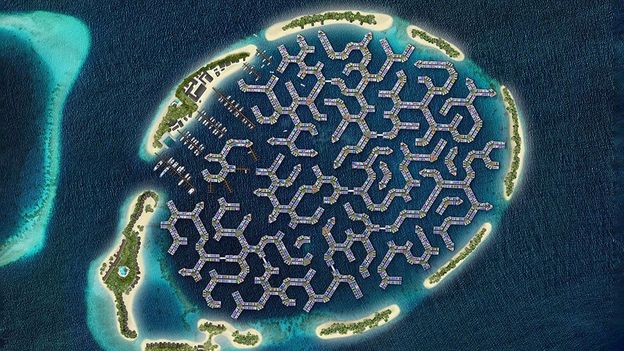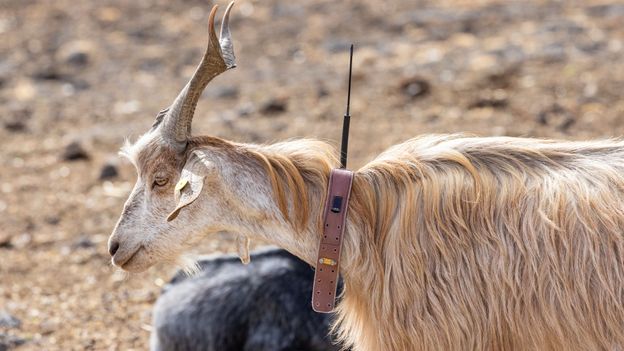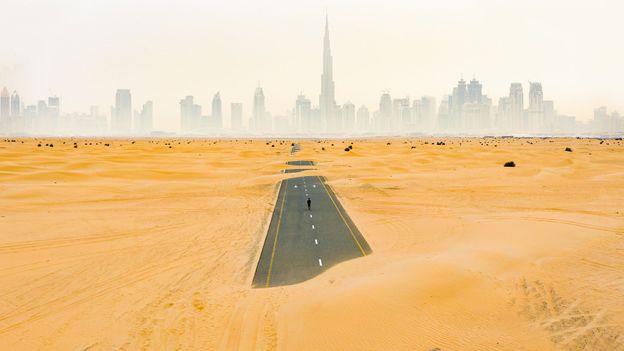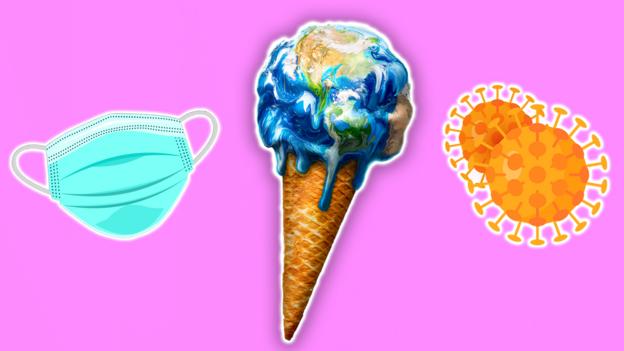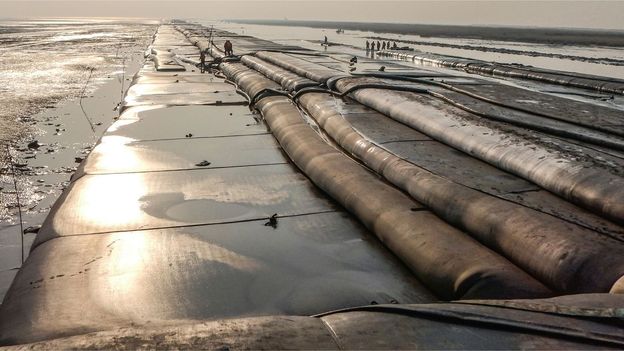Südbeck admits the German project, which is “a little bit dirty”, will involve some public relations work and sensitive discussions with the hunting community. “We have to talk about what does it mean in terms of nature conservation, in terms of the national park’s overarching aims, and of course in terms of society,” he says.
Since earlier attempts to deliberately leave carcasses out in projects across the world were criticised for ignoring the wider social and economic context, Südbeck says the national parks will share details online and in information centres, and some will also install webcams. Live feeds from cameras on carrion spots in the Bavarian forest have already shown animals such as lynx feeding and proved very popular with the public.
Decisions about where to leave carcasses also need to be handled sensitively. In Wattenmeer, carcasses will be left on uninhabited islands rather than busy beaches where holidaymakers are sunbathing.
Südbeck hopes the German carcass project will be the first step in demonstrating the value of moving towards a healthier ecosystem. Having studied ornithology, he admits it is easier to justify making changes on behalf of charismatic species like sea eagles than it is for tiny beetles, “but the responsibility of national parks is to look at the whole biodiversity”.
Von Hoermann stresses that leaving carcasses out is a rather artificial way of dealing with the problem, and says that, once the benefits have been demonstrated, the job should be really done by natural predators like lynx and wolves. “In the Yellowstone National Park, they produce carcasses all over the year in a natural way and support the diversity of other carrion-associated species from bacteria, fungi, insects up to vertebrate scavengers.”
Ultimately, he believes that people will come to terms with dead animals in national parks, just as they are increasingly with deadwood. Although it focuses on exploring the ecosystem benefits of leaving carcasses to support the necrobiome, Germany’s experiment is perhaps as much about changing perceptions of the place of death in nature. As von Hoermann puts it, it is about getting the public used to “the very natural situation of dying animals in the landscape”.
—
The emissions from travel it took to report this story were 0kg CO2. The digital emissions from this story are an estimated 1.2g to 3.6g CO2 per page view. Find out more about how we calculated this figure here.
—
Join one million Future fans by liking us on Facebook, or follow us on Twitter or Instagram.
If you liked this story, sign up for the weekly bbc.com features newsletter, called “The Essential List”. A handpicked selection of stories from BBC Future, Culture, Worklife, and Travel, delivered to your inbox every Friday.

